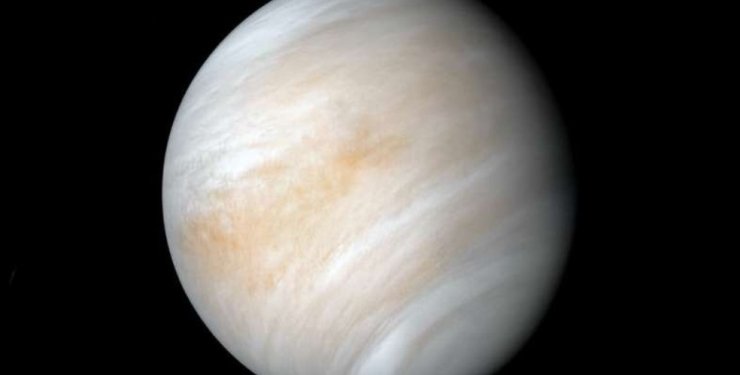Venus rotates on its axis in the opposite direction compared to the other planets of the solar system.
Venus is sometimes called Earth’s strange twin. Although the planets are similar in size, Venus has a very dense atmosphere and the highest temperature. If a person found himself on the surface of this planet, he would be burned and crushed by the enormous pressure. But Venus has another strange feature. If all the planets of the solar system rotate around their axis counterclockwise, then Venus rotates in the opposite direction. The exact reason for this is still unclear, but the authors of a new study published in the journal Universe believe that a satellite of the planet captured and then destroyed by Venus is to blame, writes IFLScience.
It is known that the appearance of our Moon led to the stabilization and slowing down of the rotation of the Earth around its axis with the help of gravitational influence. But the authors of the study suggest that the missing satellite of Venus affected the planet even more.
At the very beginning of the formation of the solar system, when the rocky planets gained most of the mass, many of the building blocks of the planets continued to rotate around them. Scientists believe that one of these building blocks was captured by the gravity of Venus and became its satellite. This event, as shown by simulations, could have led to the appearance of some features of Venus that are known to scientists today, including a change in the way it rotates around its axis.
The authors of the study believe that at the very beginning of its existence, Venus rotated around its axis in the same way as the steel planets. But the movement of the satellite created tidal forces that could slow and change the rotation of Venus on its axis if the satellite had been in orbit around the planet for more than 10,000 years.
But at the same time, such a configuration would not allow Venus to be so close to the Sun. And this statement will be true both in the case of the capture of the satellite by the gravity of Venus, and in the case of the appearance of this object as a result of an impact with another planetary body. So, for example, as it is believed, our Moon arose. But simulations show that a captured moon could be close to Venus due to the presence of other planetary building blocks around the planet that have removed the orbital energy. But this led, according to the simulations, to such dire consequences.

